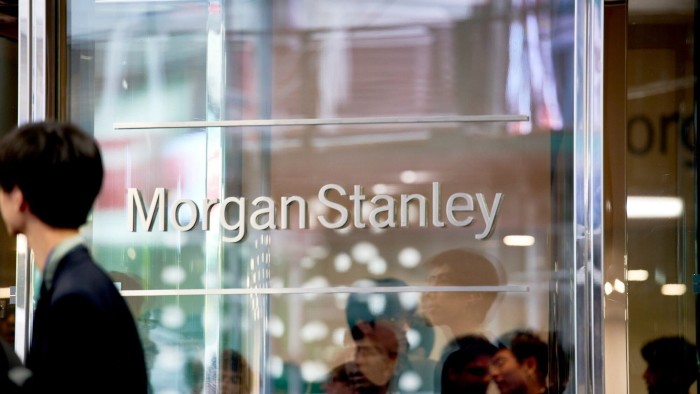Unlock the Editor’s Digest for free
Roula Khalaf, Editor of the FT, selects her favourite stories in this weekly newsletter.
Morgan Stanley said its wealth clients “bought the dip” after President Donald Trump’s tariffs caused huge swings in markets in April, with the jolt of volatility also boosting the Wall Street bank’s trading business.
The lender reported a 15 per cent increase in second-quarter net income to $3.5bn, helped by higher revenues at its flagship wealth management division and gains at its trading unit, beating analyst estimates of $3.2bn.
“It was very active post-liberation day, and we saw a buy-the-dip mentality from retail [investors] over the entire course of the quarter,” the bank’s finance chief Sharon Yeshaya told the Financial Times.
Trump’s “liberation day” announcement on April 2 of steep tariffs on trading partners sent markets reeling, but they stabilised after the president paused his most punishing levies the following week. Individual investors have provided a key ballast for markets, analysts said at the time.
Morgan Stanley added that its wealth management business, which has about $6tn in client assets and includes online trading platform ETrade, was boosted by “higher levels of client activity” during the quarter. Revenues at the division jumped 14 per cent to $7.8bn compared with the same period last year.
“Retail engagement was especially strong in April, as clients responded to elevated market volatility and activity persisted with momentum at the end of the quarter,” Yeshaya added on a call with analysts on Wednesday.
Net new assets at Morgan Stanley’s closely watched wealth management business came in at $59.2bn during the quarter.
This was ahead of analysts’ expectations for about $45.8bn and significantly higher than the $36.4bn it brought in during the second quarter last year. The figure is followed closely by investors as a gauge of the business’s growth trajectory.
Meanwhile, revenues at the bank’s equities trading business jumped 23 per cent on the same period last year to $3.7bn, while fixed income trading climbed 9 per cent to $2.2bn.
The results largely mirrored Wall Street rivals, which also benefited from the recent market turbulence triggered by Trump’s tariff announcements.
The robust performance of the trading business offset a 5 per cent decline in revenues at Morgan Stanley’s investment banking division during the quarter, which it blamed in part on “lower completed M&A transactions”.
Ted Pick, Morgan Stanley’s chief executive, told analysts that the bank had seen an uptick in investment banking activity in June.
Morgan Stanley was trading about 1.8 per cent lower in pre-market trading in New York.
https://www.ft.com/content/80a80528-493d-49ed-a95e-0e090873d383


